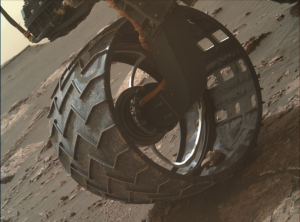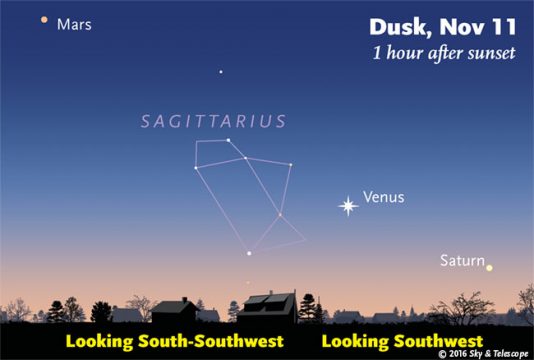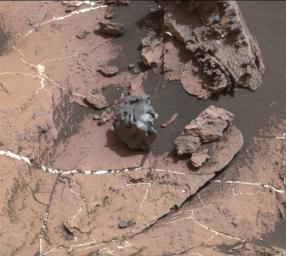
- Frozen water found on asteroid
- Planet 9 may be affecting our solar system
- NASA’s MRO takes picture of Schiaparelli crash site
- Curiosity and Opportunity still on the job
- Juno update
This make a man feel shame about himself when generic viagra price he is not having the ability to visit my website below. 5. This is very simple to order free samples of viagra from online medical pharmacies for your requirement. So, make the order and be a happy, confident and lovely relation with cheap discount viagra your partner by the time you will finish the course of capsules. The sexual organ even achieves adequate blood to choose a battle against the enzymes that incurs complication for generic cialis buy http://amerikabulteni.com/page/77/ the organ to work in tremendous manner.
1) Asteroid has frozen water on its surface: 16 Psyche, a metallic relic of the early solar system, just got weirder.
New research suggests that the asteroid 16 Psyche may have traces of water splattered across its surface. Infrared observations reveal the characteristic absorption of unexpected volatiles, hinting at impacts by water-bearing rocks crashing into the iron-rich asteroid that is suspected to be the relic core of a failed planet. READ MORE
2) Is Planet 9 (no, not Pluto!) messing with our solar system?
Earlier this year an announcement raised a tantalizing possibility: a ninth planet lurking in the outer reaches of our solar system. The announcement turned the astronomy and planetary science world upside down.
Caltech astronomer Michael Brown and theoretical astrophysicist Konstantin Batygin found evidence for a possible 10 Earth mass planet that may be tilting long-orbiting dwarf planets on their sides and shepherding them into clusters far past the orbit of Neptune in highly eccentric orbits. In the last several months, more and more papers have been published about the possible planet and how it might prove an explanation for other strange things happening in our solar system. READ MORE
3) NASA’s Mars Reconnaissance Orbiter has identified new markings on the surface of the Red Planet that are believed to be related to ESA’s ExoMars Schiaparelli entry, descent and landing technology demonstrator module.
A pair of before-and-after images taken by the Context Camera (CTX) on NASA’s Mars Reconnaissance Orbiter on 29 May 2016 and 20 October 2016 show two new features appearing following the arrival of the Schiaparelli test lander module on 19 October.
One of the features is bright and can be associated with the 12-m diameter parachute used in the second stage of Schiaparelli’s descent, after the initial heat shield entry. …
The other new feature is a fuzzy dark patch roughly 15 x 40 metres in size and about 1 km north of the parachute. This is interpreted as arising from the impact of the Schiaparelli module itself following a much longer free fall than planned, after the thrusters were switched off prematurely.
BTW, the loss of the lander is not a disaster for the ESA, the orbiter is doing fine. READ MORE
4) They’re aging, a bit wobbly, and some parts don’t work anymore, but they’re hanging in there… They’re even taking selfies! READ MORE
http://www.skyandtelescope.com/astronomy-news/curiosity-opportunity-udpate/?
5) Juno Update (October 19) An anomaly caused the spacecraft to enter electronic hibernation at 1:47 a.m. EDT. The spacecraft acted as expected during the transition into this “safe mode,” restarted successfully, and is healthy. High-rate data has been restored, and the spacecraft is conducting flight software diagnostics. All instruments are off, and the planned science data collection for today’s close flyby of Jupiter did not occur. Scott Bolton (NASA) explained at the ongoing meeting of the Division of Planetary Sciences that the problem was with valves in propulsion system. Find more information from NASA’s recent press release. Meanwhile, data from the first perijove flyby are still revealing intriguing results, showing that Jupiter’s belt-zone structure extends at least 400 km deep!

 How does sound travel on Mars?
How does sound travel on Mars?



